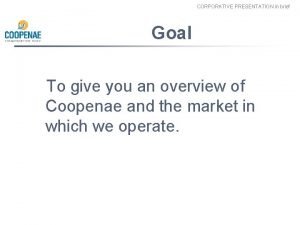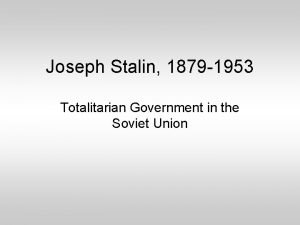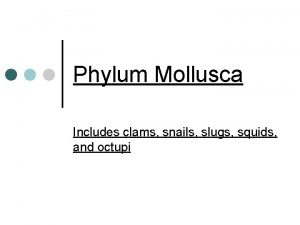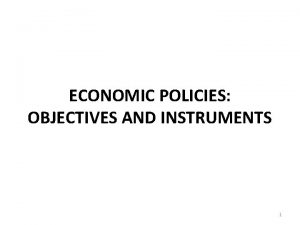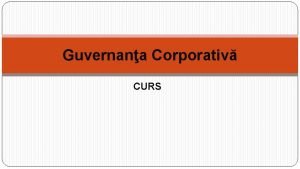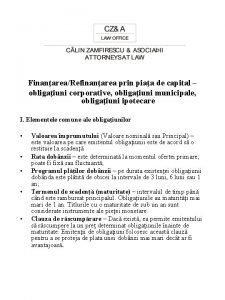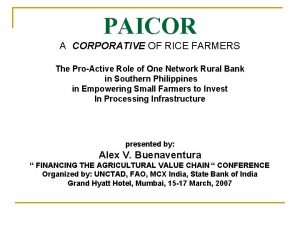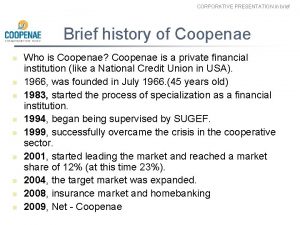Economic policies including the Corporative State and the














- Slides: 14

Economic policies including the Corporative State and the ‘battles’ for grain & births To understand the effect of Mussolini’s policy on living standards To analyse the success and failures of Mussolini’s policy on the economy and agriculture

Mussolini’s Aims • Mussolini, like Hitler, no economist • Early in 1920 s adopted populist economic policies to secure power • As 1920 s developed wanted economic transformation- first ‘corporate state’ • Autarky • Old economic problems ignored , northsouth divide, rural poverty, industry underdevelopment

1. Policies 1922 -7 2. Battle for the Lira Company profits up When was de Stefani dismissed? Alberto de Stefani- Treasury Ministertraditional and helped control gov spending What happened to the Lira in 1926 and why? Reduced state intervention, phones and ww 1 taxes TUs outlawed Vidoni Palace Pact 1925 Impact of Fascist policies on Italian Industry Why did Mussolini reset the exchange rate of the lira in Dec 1927? How did the reset effect the economy? Which areas did well from the fixed rate and which badly? 4. Depression and Isolation How did the depression effect Italy compared to the rest of the world? 3. Corporate state- theory How did Italy’s treatment in the 1930 s lead to Autarky? How did workers benefit in the early 1920 s? How successful was Autarky? What is a corporate state and how does it operate? The reality 5. Living standards Mussolini more on the side of big industry, Confindustria and against Rossoni. How did living standards change in the 1920 s and 1930 s with regards to inflation, unemployment How did the Ministry of Corporations claim success in 1926? Who do you think benefited mostly from the corporations employers or workers? How did Mussolini feel about the change in living standards?

1. The Battle for Grain Attempt to become self sufficent Mussolini saw need to import grain as a big weakness Provided incentives for farmers, grants for tractotrs, machinery, fertiliser etc 1920 s 5. 5 million tonnes to 7 million tonnes 10 years later Grain imports down 75% 1925 -35 Agriculture Inappropriate land used What were the successes and failures of this policy? 2. Land reclamantion How did government money help, give examples? 3. Impact of policies in living standards How successful was land reclamation? How did the improvement in living standards vary between areas?

To what extent were Mussolini’s economic policies a success in the years 1925 -1940? • • • Intro- what is a success, overall aims and ambitions Section 1 - corporate state Section 2 - Achieving Autarky Section 3 - Big business Section 4 - Popular support- battle for grain, and land reclamation • Section 5 - improving the efficiency and production capacity • Section 6 - Improving the living standards • Conclusion- Answer question, tie together argument Throughout the essay make sure you are pointing out successes and failures and constantly refer to the question









Mussolini and powerful groups in Italy Lesson Aims To understand the Relations with centres of influence in Italy including: the king, the army, industrial and agricultural elites, other political parties e. g. the nationalists Focus Essay Question How far do you agree that the Catholic Church and the traditional elites aided Mussolini in his consolidation of power in the years 1922 -29?
 Corporative presentation
Corporative presentation Manuel roxas policy
Manuel roxas policy Thomas jeffersons presidency
Thomas jeffersons presidency Stalin's totalitarian state industrial policies
Stalin's totalitarian state industrial policies Economic growth and development
Economic growth and development Economic growth vs economic development
Economic growth vs economic development Economics unit 1 lesson 2 difficult choices
Economics unit 1 lesson 2 difficult choices Security program and policies principles and practices
Security program and policies principles and practices Recruitment selection and induction
Recruitment selection and induction Security program and policies principles and practices
Security program and policies principles and practices Security program and policies principles and practices
Security program and policies principles and practices Security program and policies principles and practices
Security program and policies principles and practices Security program and policies principles and practices
Security program and policies principles and practices Invertebrates including snails slugs and mussels
Invertebrates including snails slugs and mussels Invertebrates including snails slugs and mussels
Invertebrates including snails slugs and mussels
